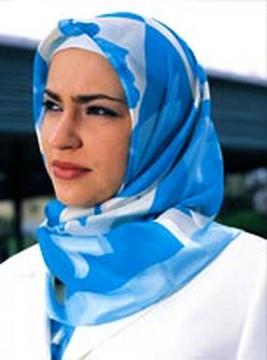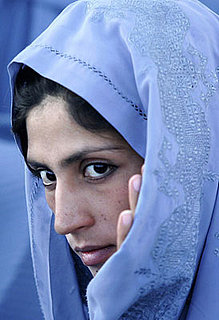



According to Islamic scholarship it's a wider meaning of modesty, privacy & morality. It means curtain in Arabic as well as a meta-physical definition of 'al-hijab' is a veil which separates man or the world from God. Hijabs have been a prominent part of Islamic tradition since the 1970s. Opinions as to how the garment should be worn vary from person to person within the Muslim faith.
In the Qur'an the hijab is not called an news story of islamic clothing for women or men, as a spiritual curtain providing it is wearer with privacy. The Qur'an instructs male Muslims to talk to the wives of Muhammed only behind a hijab. The issue of modesty within the Qur'an applies to men & women's gazes, gaits, garments & genitalia. Women are expected to wear jilbabs (cloaks) in public to prevent them from harm. Muslim women are necessary to wear the hijab in front of any man whom they could theoretically marry. Therefore it does not must be worn in front of fathers, brothers, grandfathers, uncles or young children. It is also not compulsory to wear the garment in front of another Muslim woman.
In the Qur'an the hijab is not called an news story of islamic clothing for women or men, as a spiritual curtain providing it is wearer with privacy. The Qur'an instructs male Muslims to talk to the wives of Muhammed only behind a hijab. The issue of modesty within the Qur'an applies to men & women's gazes, gaits, garments & genitalia. Women are expected to wear jilbabs (cloaks) in public to prevent them from harm. Muslim women are necessary to wear the hijab in front of any man whom they could theoretically marry. Therefore it does not must be worn in front of fathers, brothers, grandfathers, uncles or young children. It is also not compulsory to wear the garment in front of another Muslim woman.
